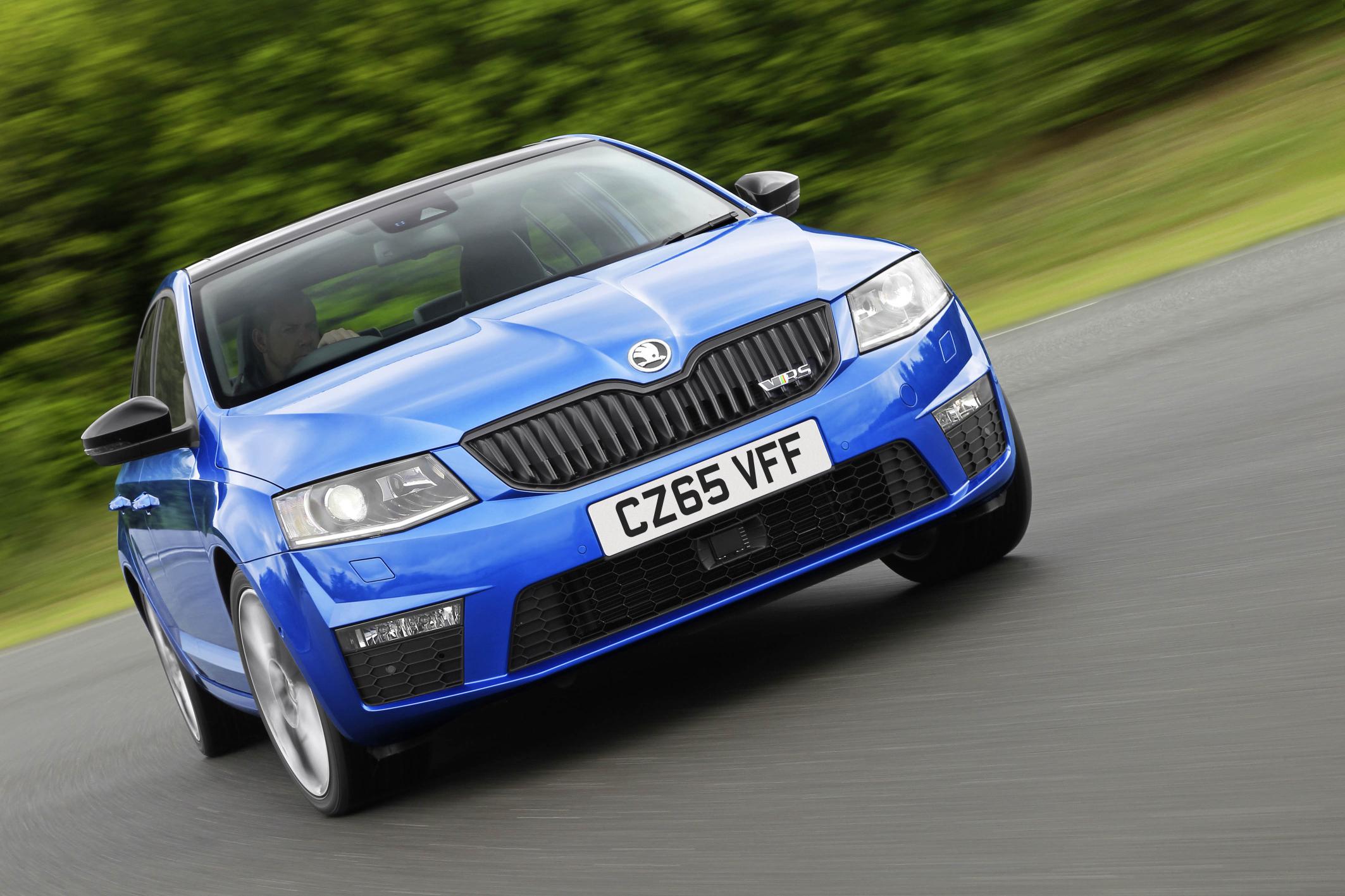Jeep – The Vehicle Built for WWII

It started in the 1930s. The US was reluctant to enter into the armed conflicts in Europe, at that time, but realized in the late 1930s that it may get pulled in if the war escalated. In preparation for this, the US military began to look at various necessary material preparations. In particular, one of the first items on their wish list would be an enormous number of vehicles just for basic transportation. In early 1940, the US Army during the prep phase contacted 134 US-based companies and asked them if they had interest in building a prototype of a small, 4WD reconnaissance car for a potential war effort.
Only two companies responded to the request; Willys-Overland and The American Bantam Company. The lack of response almost certainly due to the impossible deadline they had placed on the request: a working prototype needed to be delivered within a mere 49 days.
Willys asked for more time to deliver a prototype but the Army refused the request. The American Bantam Car Company, which was being reorganized within backruptcy and had no engineering left on the staff, solicited Karl Probst, an ex-Bantam employee to help them out. After turning down Bantam’s initial request, Probst responded to a direct Army request for a design and commenced work. Working at a feverish pace, Probst laid out full plans for the Bantam prototype, known as the BRC (Bantam Reconnaissance Car), in just two days. While much of the vehicle could be assembled from off-the-shelf parts, custom 4WD components were to be supplied by Spicer Corporation.
Although the Bantam prototype met almost all of the requirements, the Army felt that the company (Bantam) was too small to supply the number of vehicles it needed, so it supplied the Bantam-Probst design to Willys and Ford who were encouraged to make their own changes and modifications. The resulting Ford “Pygmy” and Willys “Quad” prototypes looked very similar to the Bantam BRC prototype. Spicer supplied very similar four-wheel drivetrain components to all three manufacturers. According to the folks at JTS Jeep, this is the Spicer of Dana-Spicer, the company that has been building rugged Jeep components for over 80 years now.
Incredible as it now seems, fifteen hundred of each of the three Jeep prototypes were built and extensively field-tested. The Willys version of the car would become the standardized jeep design, designated the Model MB and was built at their plant in Toledo, Ohio. The Army chose Ford as the second supplier but they were required to build their Jeeps to the Willys’ design. American Bantam, the creators of the first Jeep, spent the rest of the war building heavy-duty trailers for the Army which suited them just fine.
Incidently, none of the original manufacturers actually used the term “Jeep” to designate their vehicles. Although there is some debate as to the origin of the name, many historians acknowledge that it was a slang that was applied to the vehicle’s military name “GP Vehicle” (General Purpose) during WWII. This seems likely because of the tendency to make non-sensical military acronyms into words is very common. For example, HMMWV(for High-Mobility Multi-purpose Wheeled Vehicle) has become commonly known as the Humvee. Whatever the origins, the name JEEP is far from being just military slang and is a world wide recognized trademark.
Today, Jeep is a major brand of automobiles that is manufactured by FCA, FIAT Chrysler Automotive. The former Chrysler Corporation acquired the Jeep brand along with its remaining assets in 1987 from American Motors Corporation (AMC). Although it has made trucks in the past, the jeep line of vehicles today consists solely off-road and sport utility vehicles.






